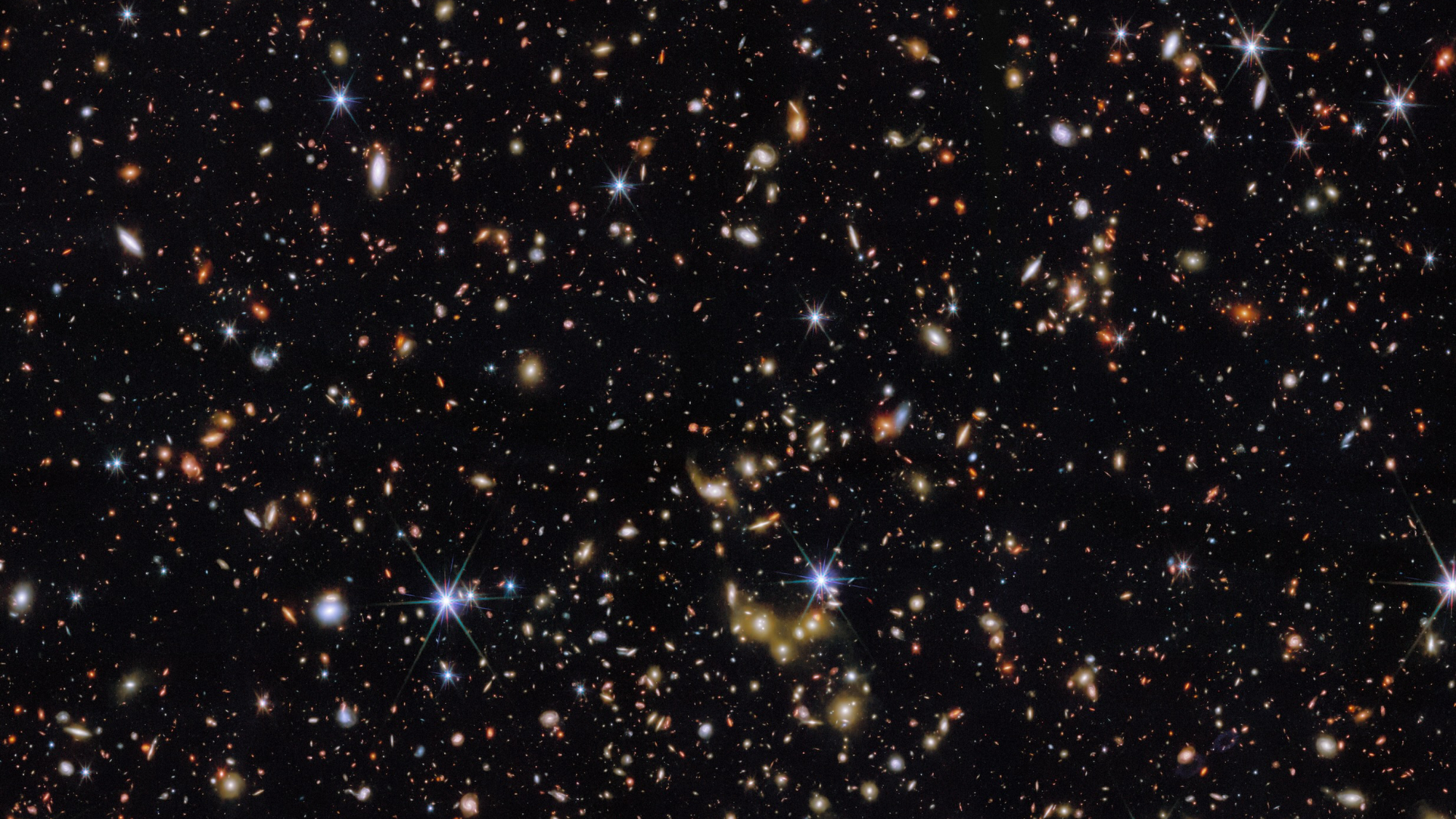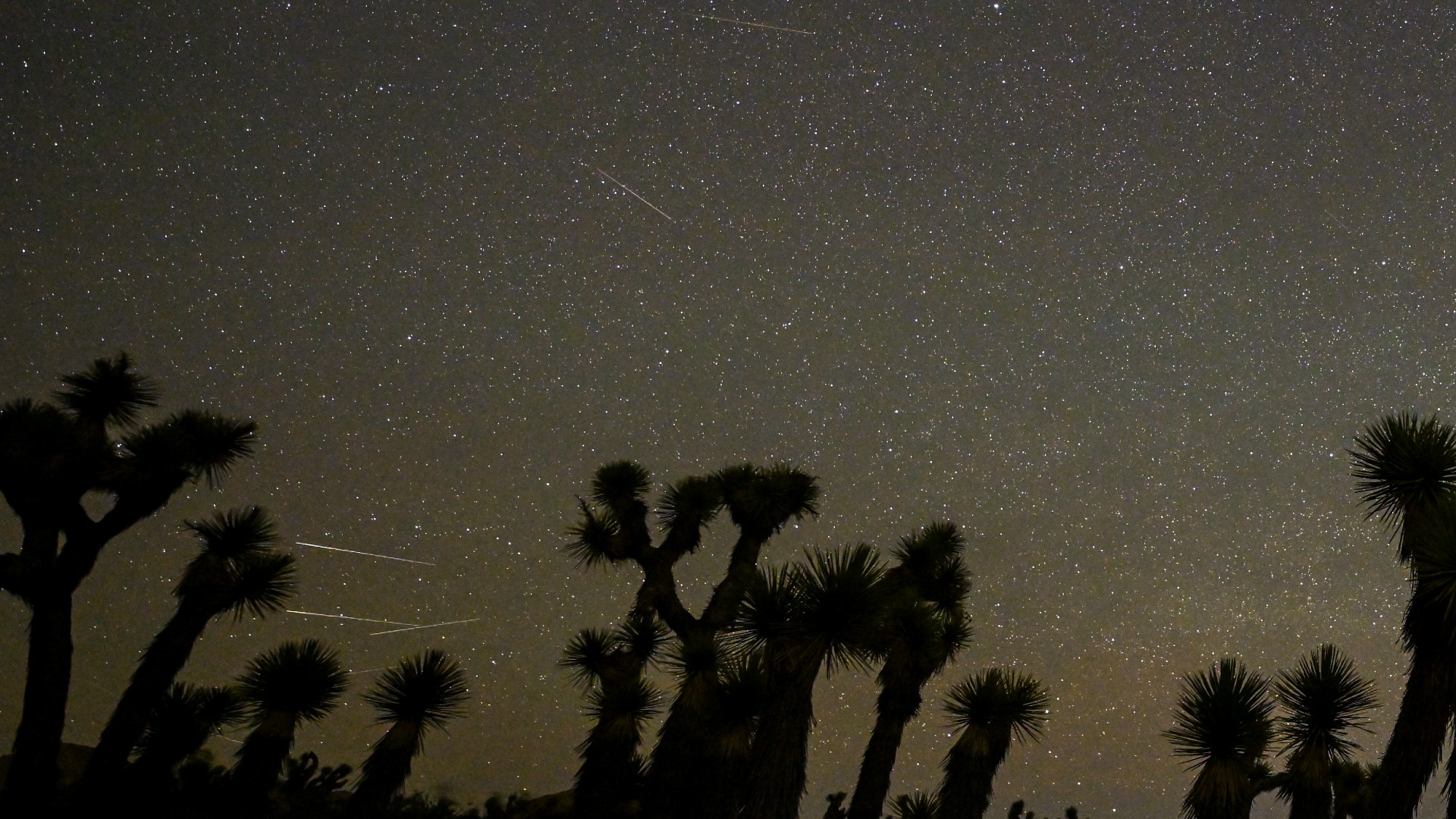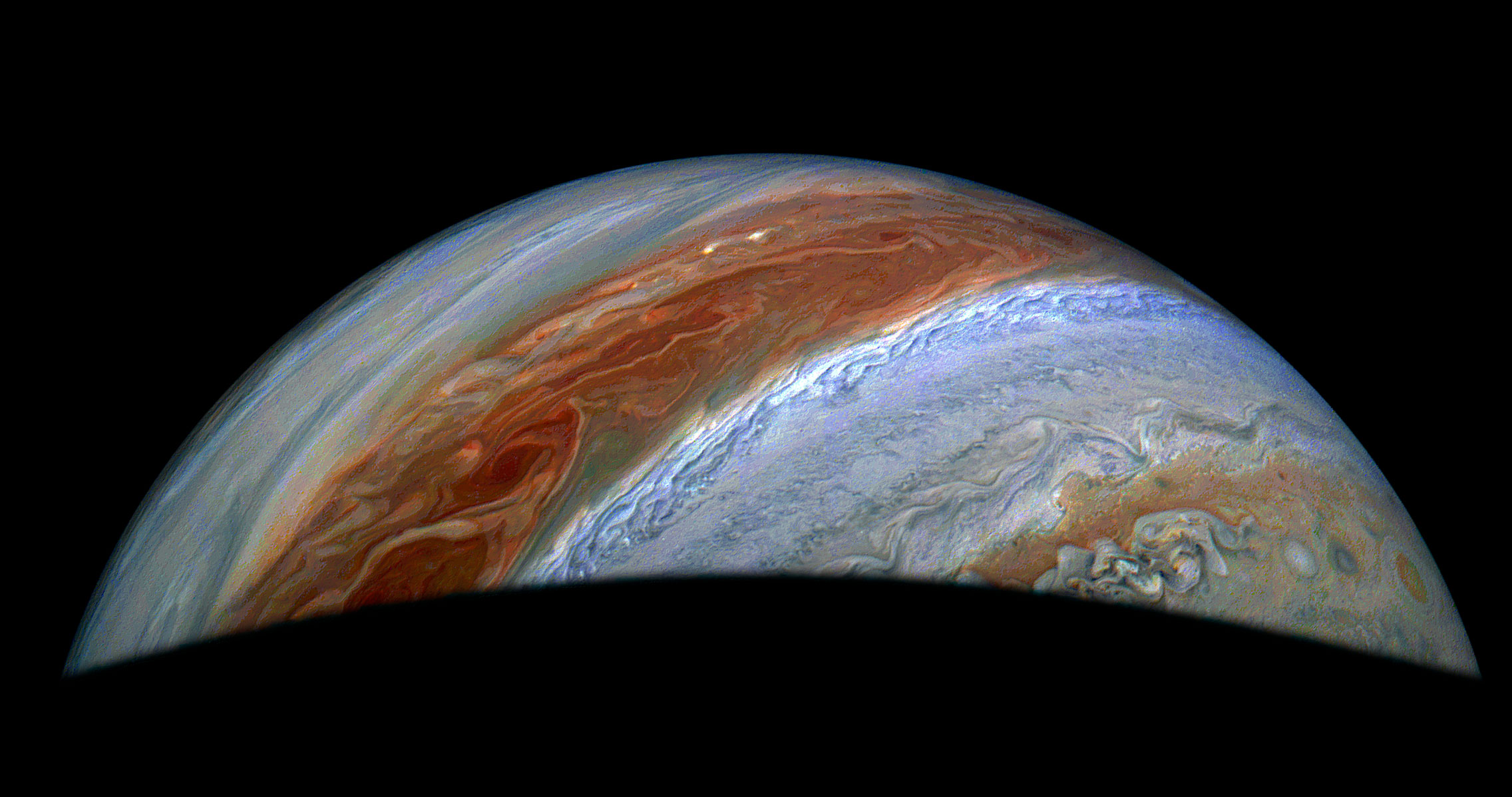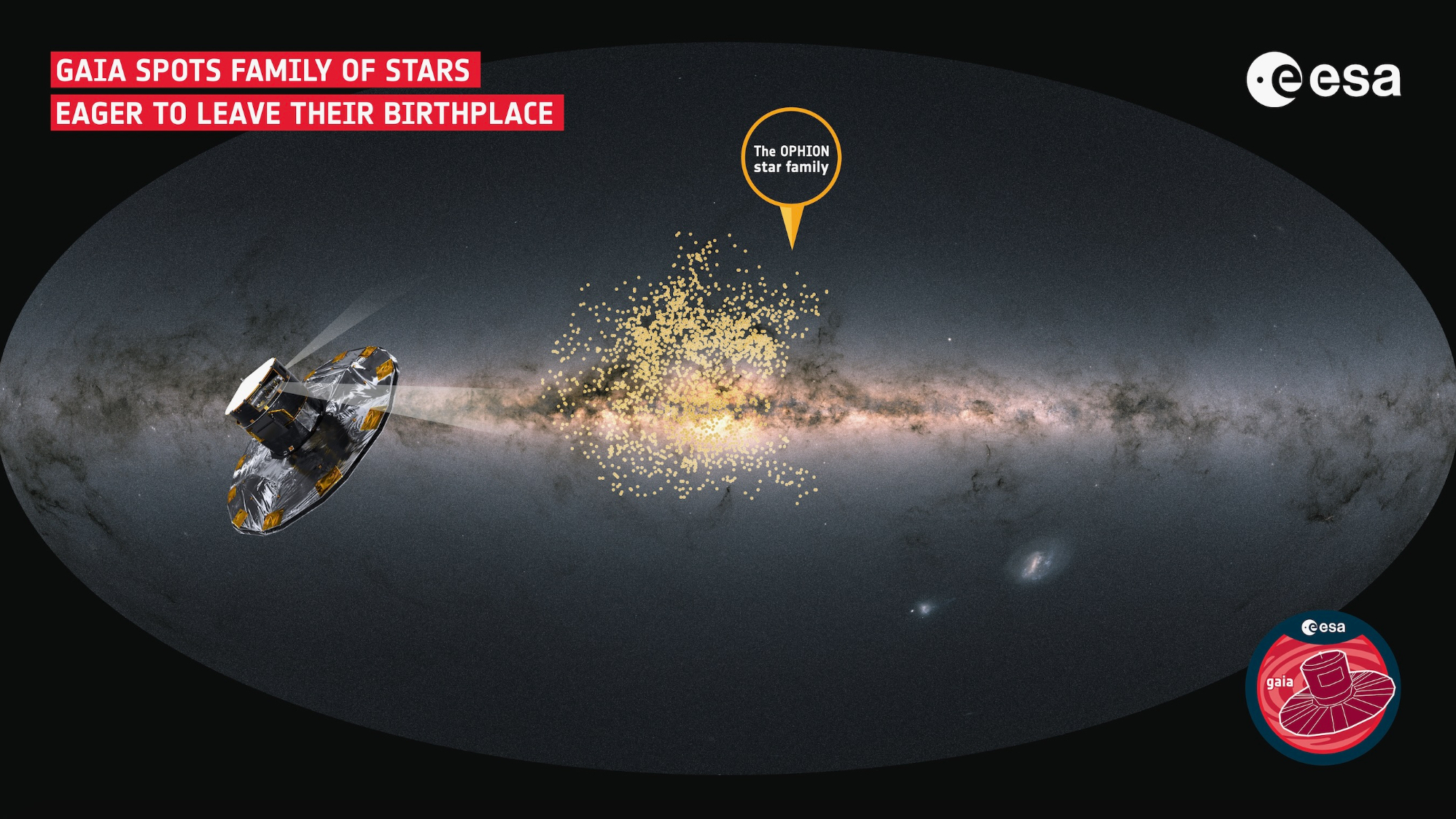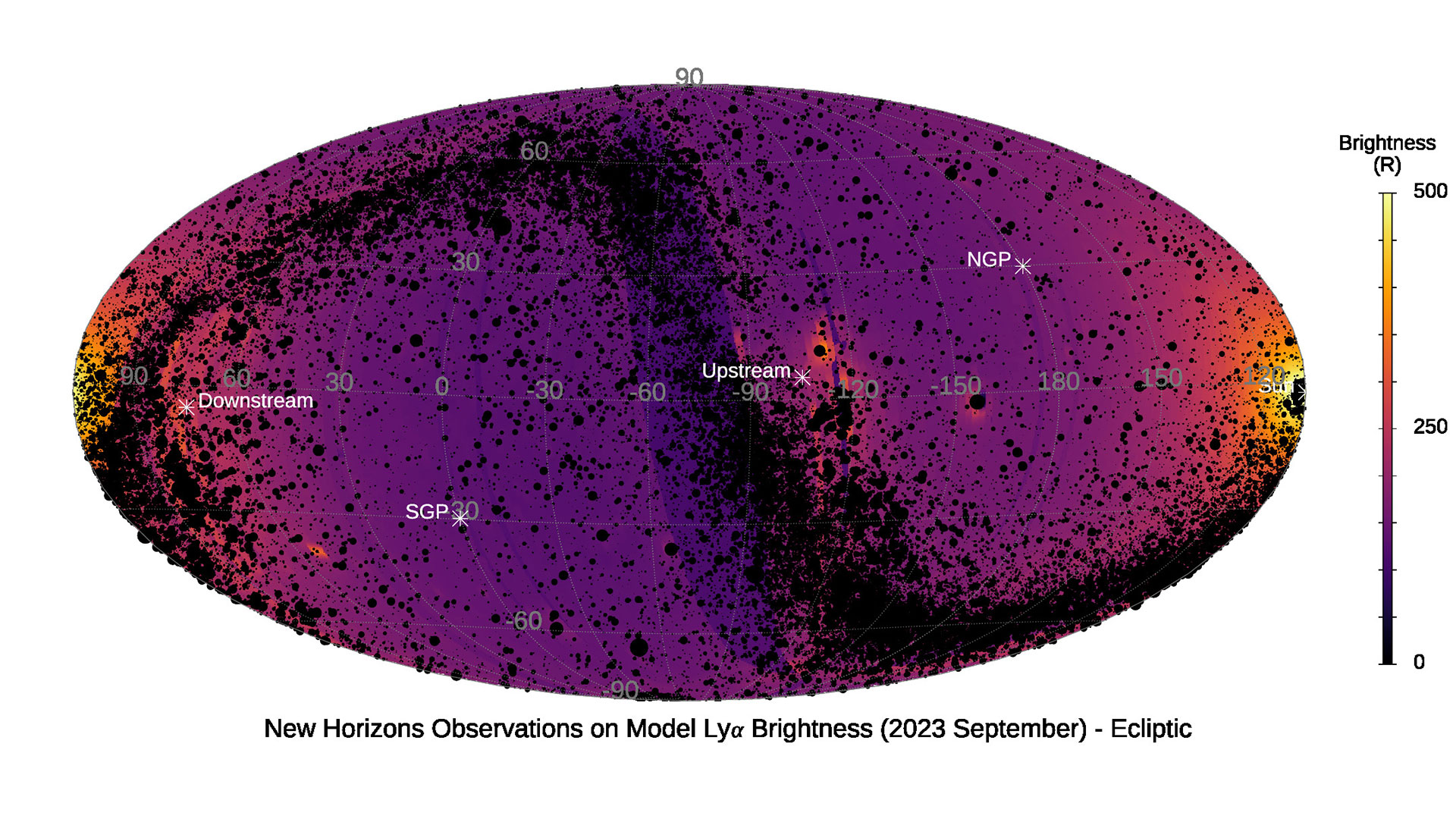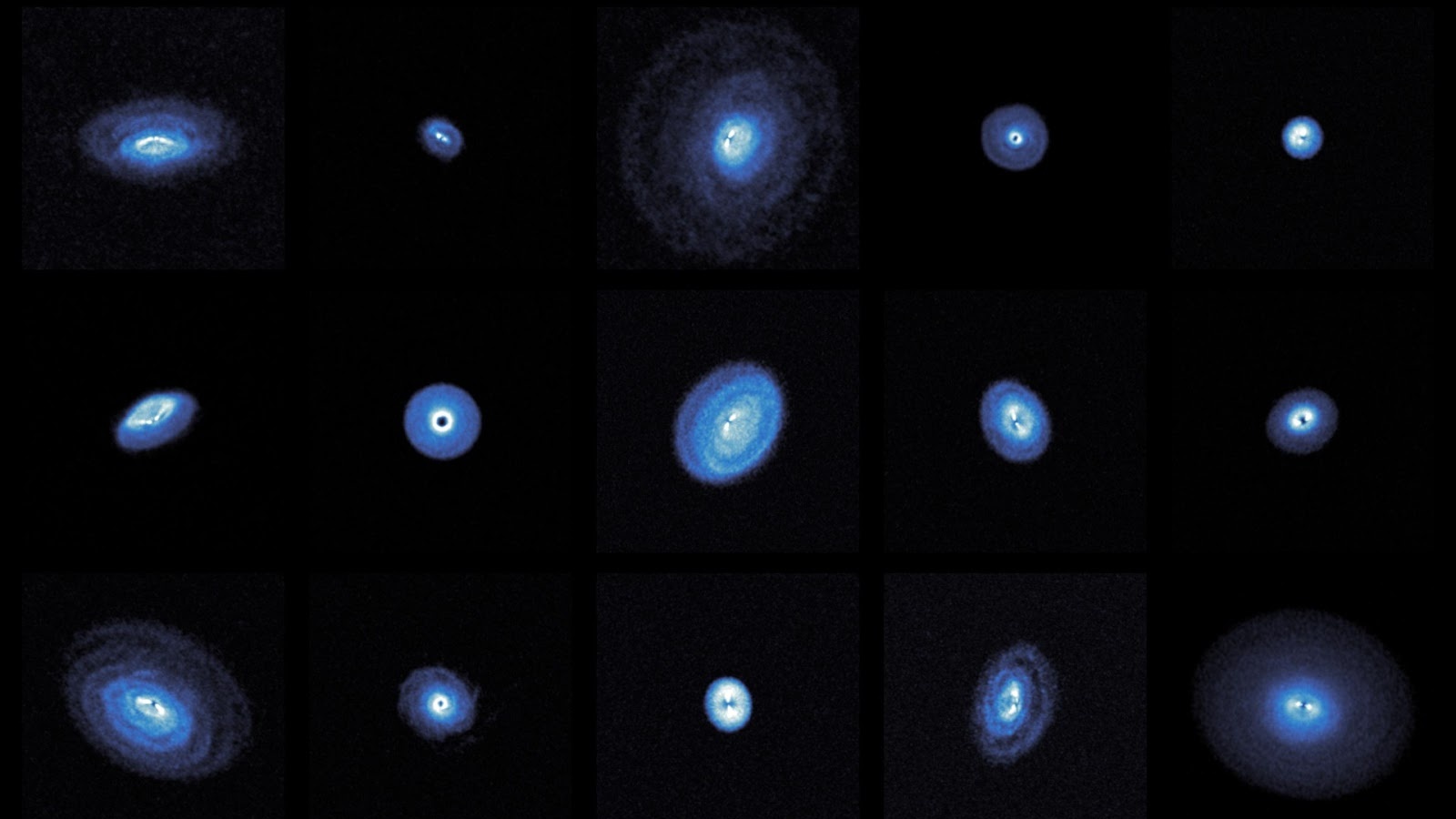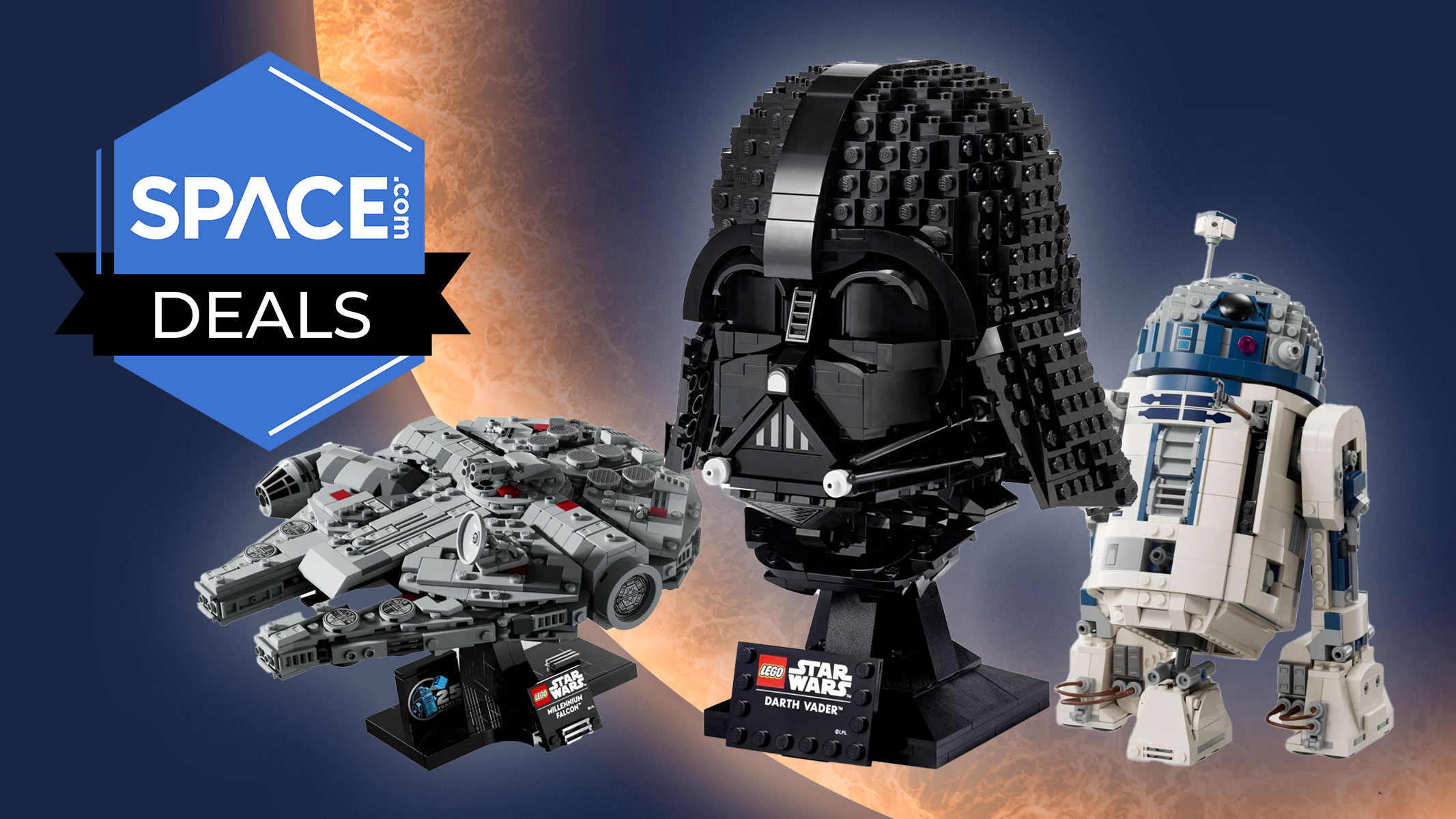Shuttle Launch Ride Enters Final Countdown
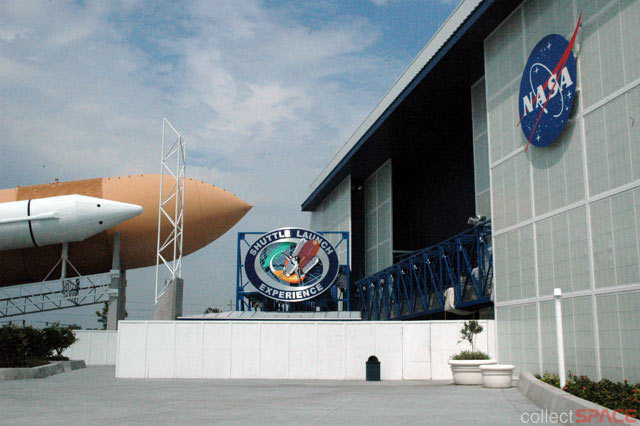
The nextgroup of people to experience launching aboard one of NASA's space shuttleswon't be astronauts. While NASAhas June 8 planned for its next liftoff from Kennedy Space Center's Pad 39A, just seven miles away thousands at NASA's official visitor complex will havethe opportunity to board the new Shuttle Launch Experience (SLE), opening onMay 25.
The 44,000square foot, $60 million ride -- or as it's more accurately-described,simulator -- was designed to give visitors to the Florida space center whatthey expressed they wanted most.
"Wewanted to show people what it was like to fly in space because in our exitresearch, of the people who come here, it's all about launch," explainedDan LeBlanc, chief operating officer of the visitor complex, during anexclusive early tour of the SLE with collectSPACE.com.
"Therewere arguments about whether we should do shuttle... or whether we look at afuturistic [craft]. Our argument was, if you do future, than you areessentially science fiction and then there is no point of difference with whatis going on 50 miles from here. We've got to stay real," stressed LeBlanc.
"There'sno asteroids. There's no aliens. You don't even have an emergency on your wayto orbit. In fact, we don't even tell people we're putting them on the shuttle.The marketing line is that this is a simulator. NASA had a lot to do with theearly development of simulator technology and that's what it is, a motion basedsimulator designed by NASA and the astronauts to show people what it's like, asbest we can within the confines of gravity, to fly to space aboard the spaceshuttle."
Toaccomplish that sense of realism, LeBlanc and his team turned to formerastronauts like shuttle commander Rick Searfoss and Bob Rogers, founder andchairman of BRC Imagination Arts, a leader in the field of museum design. Rogers previously worked with the KSC Visitor Complex to design and build itsApollo-Saturn V Center.
"Rogersis our story teller, the same guy who did all the story telling out at theSaturn V, who took what is not a lot of twists and turns like on a rollercoaster, but who took that experience and turned it into something reallyemotional," said LeBlanc.
Get the Space.com Newsletter
Breaking space news, the latest updates on rocket launches, skywatching events and more!
"There'sgoing to be a lot of learning going on in here but more than anything we wantthis to be emotional. We want to create an emotional attachment to the spaceprogram. We want people, after they do this, the next time they see a shuttlelaunch or a CEV launch, they can say, 'You know what, I know a little bit aboutwhat that feels like.'"
Copyright 2007 collectSPACE.com. All rights reserved.

Join our Space Forums to keep talking space on the latest missions, night sky and more! And if you have a news tip, correction or comment, let us know at: community@space.com.

Robert Pearlman is a space historian, journalist and the founder and editor of collectSPACE.com, a daily news publication and community devoted to space history with a particular focus on how and where space exploration intersects with pop culture. Pearlman is also a contributing writer for Space.com and co-author of "Space Stations: The Art, Science, and Reality of Working in Space” published by Smithsonian Books in 2018.In 2009, he was inducted into the U.S. Space Camp Hall of Fame in Huntsville, Alabama. In 2021, he was honored by the American Astronautical Society with the Ordway Award for Sustained Excellence in Spaceflight History. In 2023, the National Space Club Florida Committee recognized Pearlman with the Kolcum News and Communications Award for excellence in telling the space story along the Space Coast and throughout the world.
